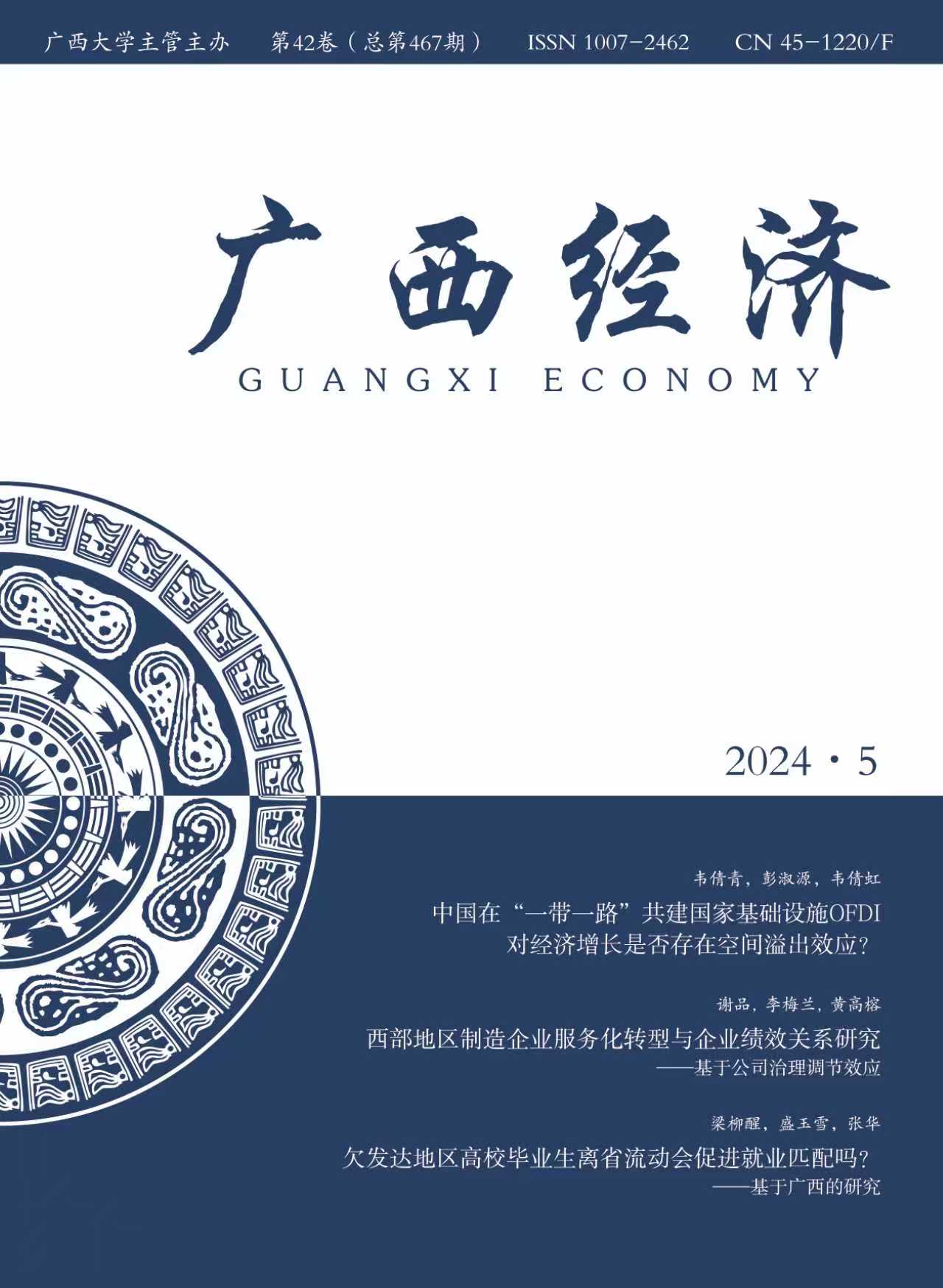Abstract: This paper selects the relevant data of China and the “the Belt and Road” countries from 2005 to 2022, and uses the spatial lag model (SLM) to explore the spatial spillover effect of China’s OFDI on the infrastructure of the “the Belt and Road” countries under the geographical inverse distance weight matrix and the economic distance spatial weight matrix.The study found that China’s infrastructure OFDI in the “the Belt and Road” countries not only promoted the economic growth of the host country, but also indirectly promoted the economic growth of other countries along the route, that is, there is a significant spatial spillover effect. The spillover effect of economic growth among countries along the route with near geographical distances should be more obvious. The level of urbanization and industrialization of the host country play a significant role in the spatial spillover effect, and the spatial spillover effect is different among countries.
Key words: “the Belt and Road” partner countries;infrastructure;OFDI;spatial spillover effect

Reprinted from Guangxi Economic Journal, 2024,42(05):5-15.


 ADD:No.100 Daxue Road, Nanning, Guangxi, China
ADD:No.100 Daxue Road, Nanning, Guangxi, China Tel/Fax:+86-0771-3186687
Tel/Fax:+86-0771-3186687 Email: gse@gxu.edu.cn
Email: gse@gxu.edu.cn